Last Updated on June 10, 2024 by teamobn
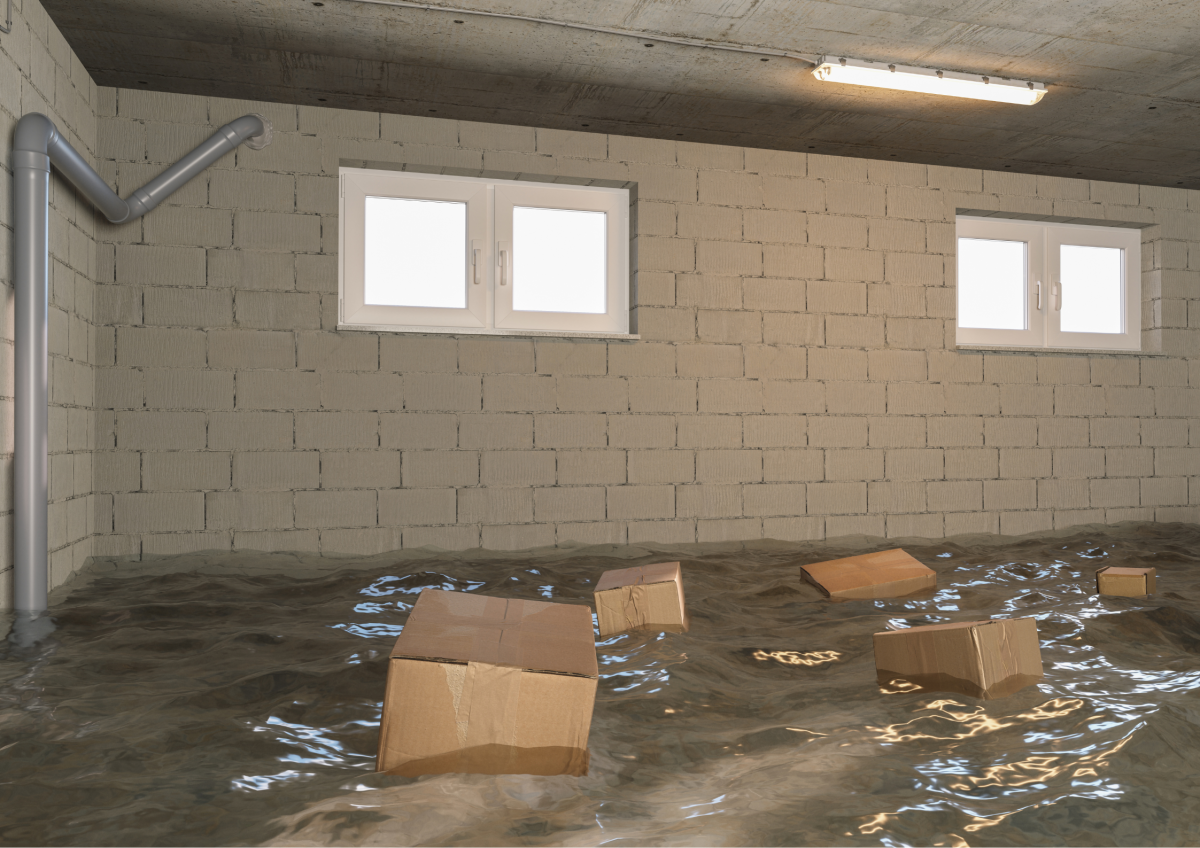
A flooded basement? It’s a homeowner’s nightmare. Wet carpets, damaged furniture, and ruined memories. But that’s not all. Mold can grow. The foundation can weaken. Dealing with it is no small task. It’s stressful. It’s frustrating. But don’t worry. Team OBN is here to help. Our guide will walk you through every step. Together, we’ll get that water out.
Contents
Understanding the Causes of Flooded Basements
Every flooded basement has a reason. Pumping the water out and not knowing the cause of the flooded basement results in facing the same problem. Here are the common reasons why water gathers in the basement.
Natural Disasters
The weather has its moods. Sometimes, it’s calm and sunny. Other times, it throws a curveball. Heavy rain can come down in torrents. Rivers and streams may overflow their banks. When snow melts too fast, it can be like a sudden rainstorm.
These natural events can cause flooded basement in minutes. No matter how well-prepared we are, nature has its way. Basements, being below ground, become easy targets. It’s hard to fight Mother Nature, but understanding her helps. It means being ready when she strikes.
Home Issues
Every house has its quirks. But some quirks can be harmful. Imagine your sump pump giving up during a storm. Or a tiny crack in your basement wall getting bigger. Over time, pipes age. They can rust, leak, or even burst.
Walls can develop unseen cracks. Each issue can let water in. It might start as a trickle. Then, before you know it, you’re ankle-deep in water. Keeping an eye on your home’s health is key. Early detection can turn a potential flooded basement into a minor fix.
External Problems
Sometimes, it’s not about the weather or your home that causes a flooded basement. It’s what’s happening outside. Let’s say your yard has poor drainage. After the rain, water might pool near your home. Or consider a construction site nearby.
Digging or changing the land can redirect water. It might now flow towards your home. Trees and plants can also play a role. Their roots can block or damage underground pipes. Being aware of your surroundings is crucial. It helps you spot potential threats before they become real problems.
Safety First!

When facing a flooded basement, safety is paramount. The mix of water, electricity, and household items creates multiple hazards. Before diving into the cleanup, let’s ensure you’re safe every step of the way.
Turn Off the Power
Water and electricity are a dangerous duo with a flooded basement. Electrified water can seriously harm or even be fatal. Before anything else, head to your home’s main electrical panel. Carefully switch off all circuit breakers. If the panel is hard to reach or you feel unsure, don’t risk it. Instead, call an electrician or expert. Remember, no cleanup is worth a life.
Dress Properly
Your usual attire won’t suffice in these conditions. Start with waterproof boots. They’ll keep feet dry and safe from hidden sharp objects. Gloves are essential, too. They shield hands from contaminants or sharp items. And don’t forget protective eyewear. They guard against splashes and floating debris.
Turn Off the Gas
Flooded basements can disturb gas lines. This raises the risk of leaks. If you smell something akin to rotten eggs, that’s natural gas. Immediately evacuate your home. Don’t light anything, including turning on lights. Even tiny sparks can ignite a gas-filled room. From a safe distance, contact your gas provider or emergency services.
Check the Damages
Your home’s structure may suffer from the flooded basement. Start with walls and floors. Bulges, cracks, or any signs of warping are red flags. Also, inspect ceilings. Prolonged water exposure can weaken them, making them prone to collapse. The stairs to the basement need a check, too. Ensure they’re stable before setting foot on them.
Look Out for Water Hazards
Clear water can deceive. Hidden dangers lurk beneath. Here are a few to watch out for:
- Submerged Sharp Objects: Broken glass, nails, or other sharp items.
- Contaminants: Sewage, chemicals, or harmful bacteria may mix with floodwater.
- Debris: Floating or submerged items that can trip or entangle you.
In conclusion, approaching a flooded basement is a careful balancing act. While urgency is needed, so is caution. Your safety is irreplaceable. As you navigate the cleanup, let safety guide your actions. When in doubt, seek professional help.
Recommended Tools & Products
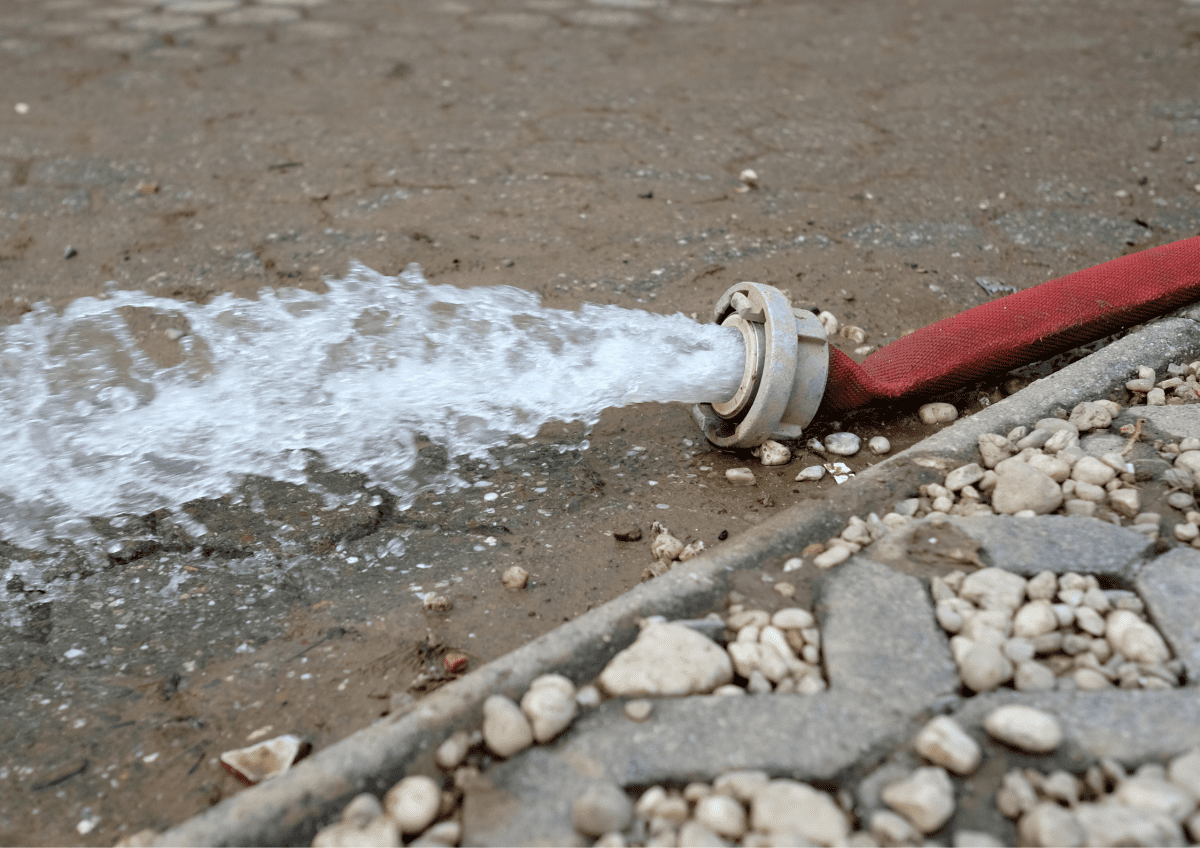
Water Pumps
Water pumps are the frontline defense against a flooded basement, designed to remove large volumes of water rapidly. One standout in the realm of water pumps is the Wayne CDU980E. This submersible sump pump boasts durability and a commendable flow rate.
Paired with its reliable vertical float switch, it’s an embodiment of efficiency. With a water pump, performance should always be emphasized, and this model truly shines.
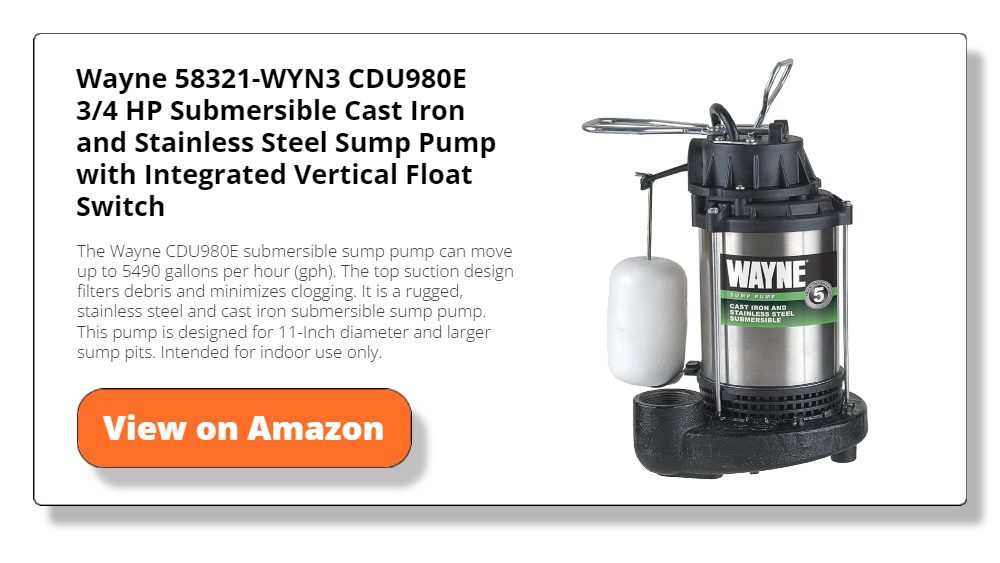
Submersible Pumps
Submersible pumps are designed to function underwater, making them ideal for tackling deep flooded basement. They’re sealed and safe from electrical short circuits when submerged. The advantage of these pumps is their capacity to handle large amounts of water and to drain a basement almost wholly.
A top-tier choice in this category is the DEKOPRO 2450GPH water pump, known for its robust build and consistent performance. Its ability to function seamlessly underwater makes it a top recommendation for homeowners.
Gas-Powered Pumps
For flooded basement situations where electricity isn’t an option, gas-powered pumps come to the rescue. These powerhouses are independent of your home’s electrical system and are crucial during widespread power outages. A leading contender is the DuroMax XP650WP. Its portability and forceful engine ensure water removal even during the most challenging circumstances, like after a storm.
Wet/Dry Shop Vacuum
Following the heavy-duty work of the pumps, the wet/dry shop vacuum takes center stage. It’s essential for mopping the remnants and handling smaller puddles or damp spots. A vacuum like the Shop-Vac 5989300 stands out in this role.
With a 5-gallon stainless steel tank, it ensures durability and reliability. This vacuum’s dual nature, handling wet and dry debris, cements its position as a must-have tool in post-flooding cleanup.
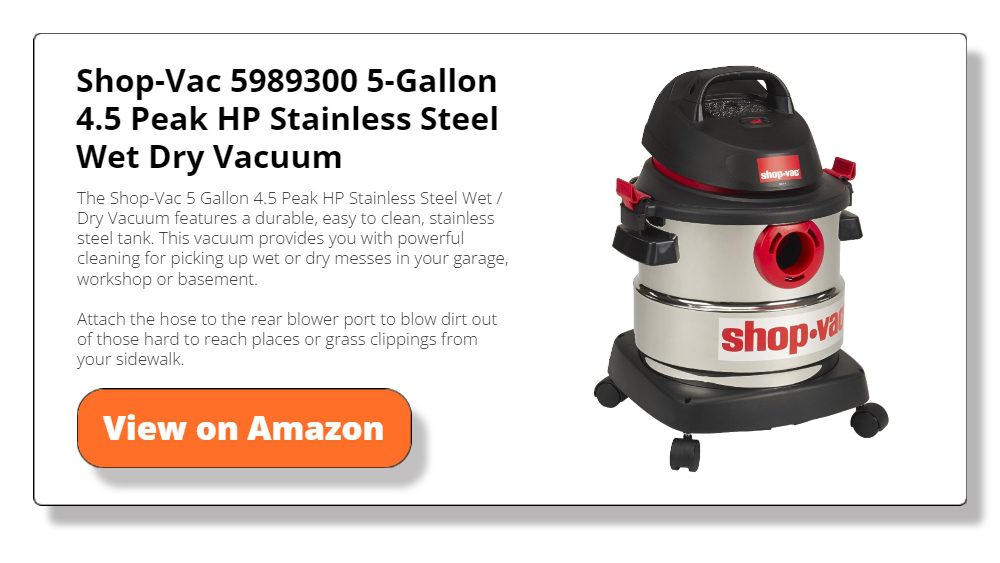
Generators
When power outages coincide with flooding, generators are indispensable. They ensure the continuous operation of your pumps, lights, and other vital tools. The Generac GP8000E has garnered attention for its reliability and power output.
It suits heavy-duty tasks and ensures your flooded basement recovery efforts don’t skip a beat, even in a blackout. With a trusty generator, you’re not just waiting in the dark but actively reclaiming your space.
Extension Cords
Equally vital are quality extension cords when dealing with flooded basement, which safely extend the reach of your tools. For wet environments, it’s crucial to have cords designed for outdoor use, resistant to water and wear.
The Iron Forge Cable Outdoor Extension Cord is a stellar choice. It offers flexibility and safety at a 100-foot length with a water-resistant coating, ensuring your tools remain powered wherever needed in or around the flooded area.
Hoses
While pumps do the heavy lifting, hoses direct the water away from your home. A good hose is durable, flexible, and resistant to kinks. The Flexzilla Garden Hose fits this description aptly. It’s not just about removing water but directing it to a location where it won’t pose further problems. A high-quality hose makes the water removal process smoother and more efficient.
Dehumidifiers
After removing the bulk of the water, basements retain moisture, fostering mold growth. Dehumidifiers address this concern. They extract moisture from the air, accelerating the drying process and preventing mold.
The Frigidaire 50 Pint Dehumidifier is a class leader. It can pull up to 70 pints of water daily and operates quietly, making it perfect for continuous use. Its presence ensures your basement remains dry and mould-free post-cleanup.
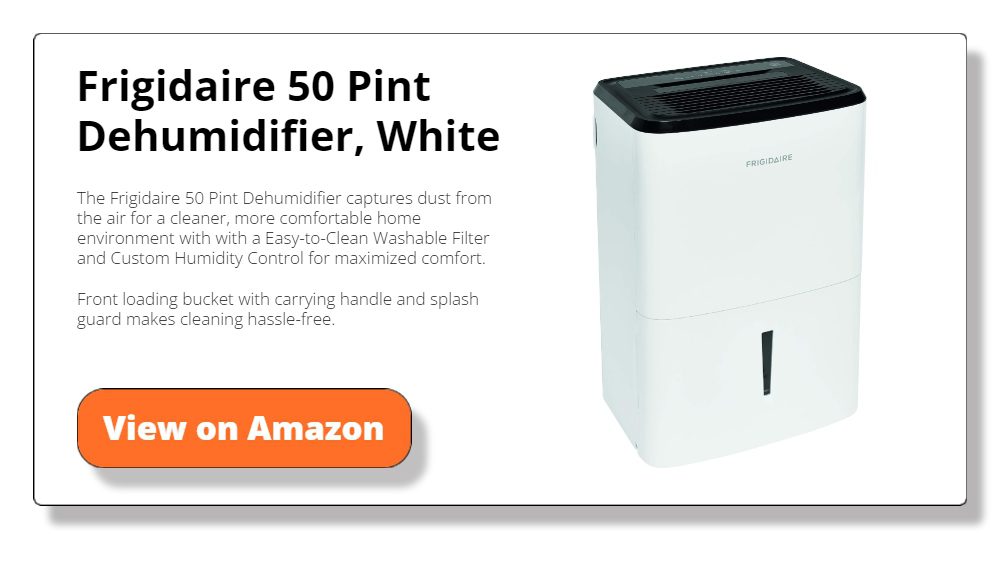
Water Detectors or Alarms
Prevention is always better than a cure. Water detectors or alarms are proactive measures against a potential flooded basement. They alert homeowners to water leaks or rising water levels, enabling early intervention.
The Honeywell RWD21 Water Leak Alarm is an exceptional pick in this category. Compact, easy to deploy, and with an alarm loud enough to catch your attention, it’s your first defense against unexpected water intrusions.
Steps to Pump Out Water
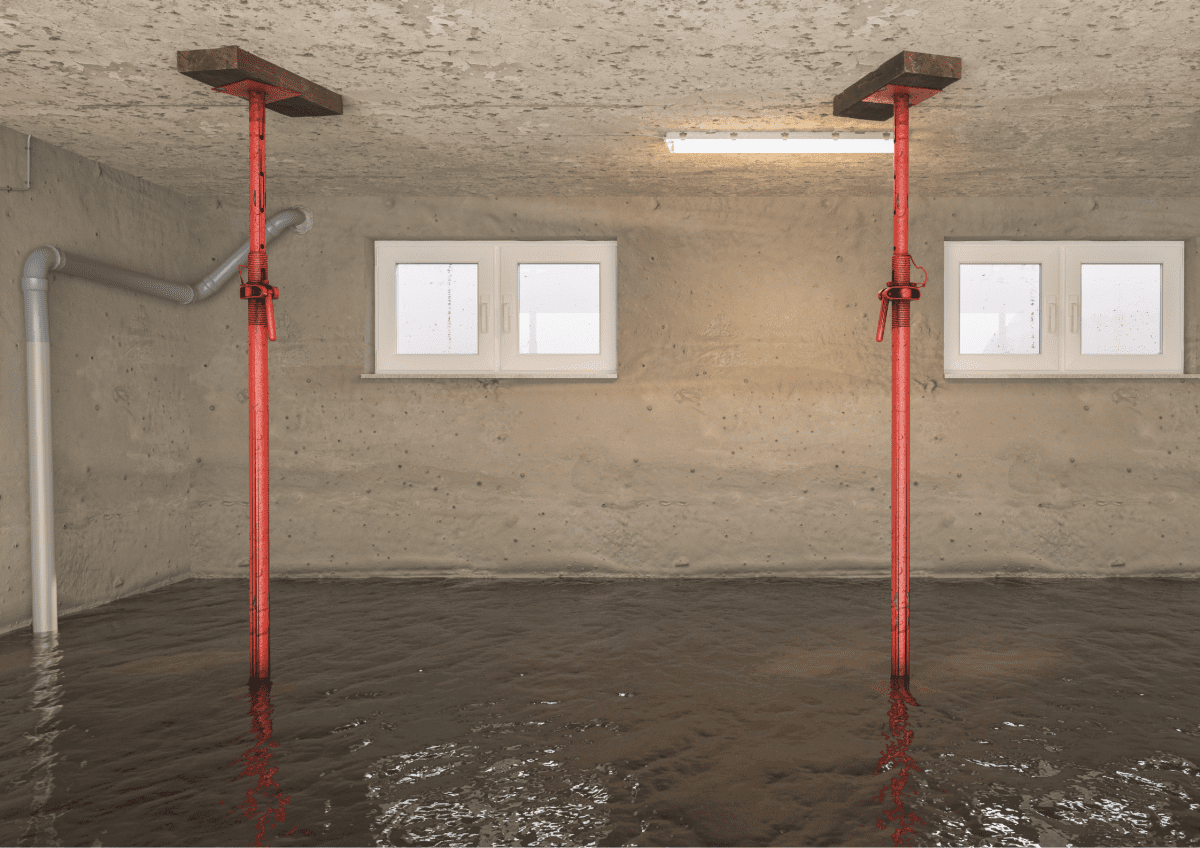
Flooding in your basement can be overwhelming. However, removing water and returning your basement to its former state is achievable with a systematic approach. The following steps are designed to guide you through this process, ensuring thoroughness and safety.
Preparation
Before diving into water removal, adequate preparation sets the foundation for a successful cleanup. Safety always comes first. Wearing protective gear such as waterproof gloves, rubber boots, and protective eyewear ensures you’re shielded from potential contaminants.
Next, the utilities. Turning off the electricity is paramount to prevent any unwanted accidents. Always remember that water conducts electricity, and the combination can be deadly.
Similarly, shutting off the gas is wise, ensuring no leakages compound the problem.
Once the utilities are off, it’s time for an assessment. How deep is the water? What’s its source? Understanding these aspects can guide subsequent actions. If the water seems murky or has a foul odor, it could be contaminated. Handling such water requires extra caution; in severe cases, professional intervention might be smarter.
Pumping
After proper preparation, the main task begins with water removal. The right pump makes all the difference. Choose a pump that can efficiently handle the volume depending on the flooded basement’s severity. Position it at the lowest point in the basement, ensuring the discharge hose directs water away from the foundation.
This step ensures no backflow or further damage. During pumping, periodically check the equipment for obstructions or clogs. Also, monitor the water’s flow to ensure it’s being expelled efficiently. Continue this process until the bulk of the water is removed. It’s a rigorous step, but it is essential to reclaim your basement.
Using the Wet/Dry Shop Vacuum
The pumping phase addresses the majority of the flooded basement. However, stubborn puddles and damp patches often persist. Here’s where the wet/dry shop vacuum proves invaluable. These devices are designed to handle moisture, effectively sucking up residual water.
Methodically navigate the basement, targeting wet spots and areas where water might accumulate. Ensure to empty the vacuum’s reservoir when full. This stage is about detail, as removing even the smallest amounts of water can significantly impact mold prevention and overall drying.
Dehumidification
While visible water may have been addressed, invisible moisture remains. The basement’s air will remain humid, and surface dampness can persist. Dehumidifiers are the answer. These devices extract moisture from the air, aiding in complete drying.
Place one centrally in the basement and allow it to run for several days, monitoring its collection reservoir and emptying it as necessary. By using a dehumidifier, you’re tackling the flood’s immediate aftermath and preventing future issues, such as mold growth or lingering damp smells. It’s the final yet pivotal step in restoring your basement’s ambiance and integrity.
With these steps completed, your basement is free from floodwater and primed to resist potential mold and moisture-related issues. Remember, while the process might seem daunting, a systematic and thorough approach will yield the best results, helping you regain your space and peace of mind.
Post-Cleaning Tips
Once the water has been thoroughly cleaned, a few crucial steps remain. Addressing these ensures the long-term health and safety of your basement.
Check for Mould Growth
Mold is a silent adversary. It thrives in moist environments and can cause health issues for inhabitants. After a flooded basement, even with the water gone, the basement could still be at risk. Examine walls, flooring, and any items that were in the water.
Look for discoloration, a musty smell, or visible mold growth. If signs of mold are detected, consider employing mold remediation specialists. They’ll clear the mold and take measures to prevent its return.
Disinfect
A flooded basement could have been exposed to various contaminants. Once dry, disinfecting becomes paramount. Use a robust disinfectant to clean the floors, walls, and any affected belongings. This action ensures any potentially harmful bacteria or microorganisms are eradicated, making your basement safe for use again.
Air it Out
Fresh air is a natural disinfectant and deodorizer. Open any windows or vents in the basement and use fans to circulate the air. This aids in the evaporation of any remaining moisture and helps get rid of unpleasant smells. It’s a simple yet effective method to refresh the space.
Check and Repair
With the immediate aftermath handled, it’s time to look at any damages. Examine walls for cracks, check the foundation’s integrity, and inspect utilities and appliances for potential damages. Any compromised area should be addressed promptly. Whether sealing a crack or servicing an appliance, ensuring all is in working order, will prevent future problems.
Tackling a flooded basement is more than just removing water; it’s about ensuring the space is safe, healthy, and ready for use. By following these final steps, you can rest assured that your basement is truly back to its best state.
Preventative Measures for the Future
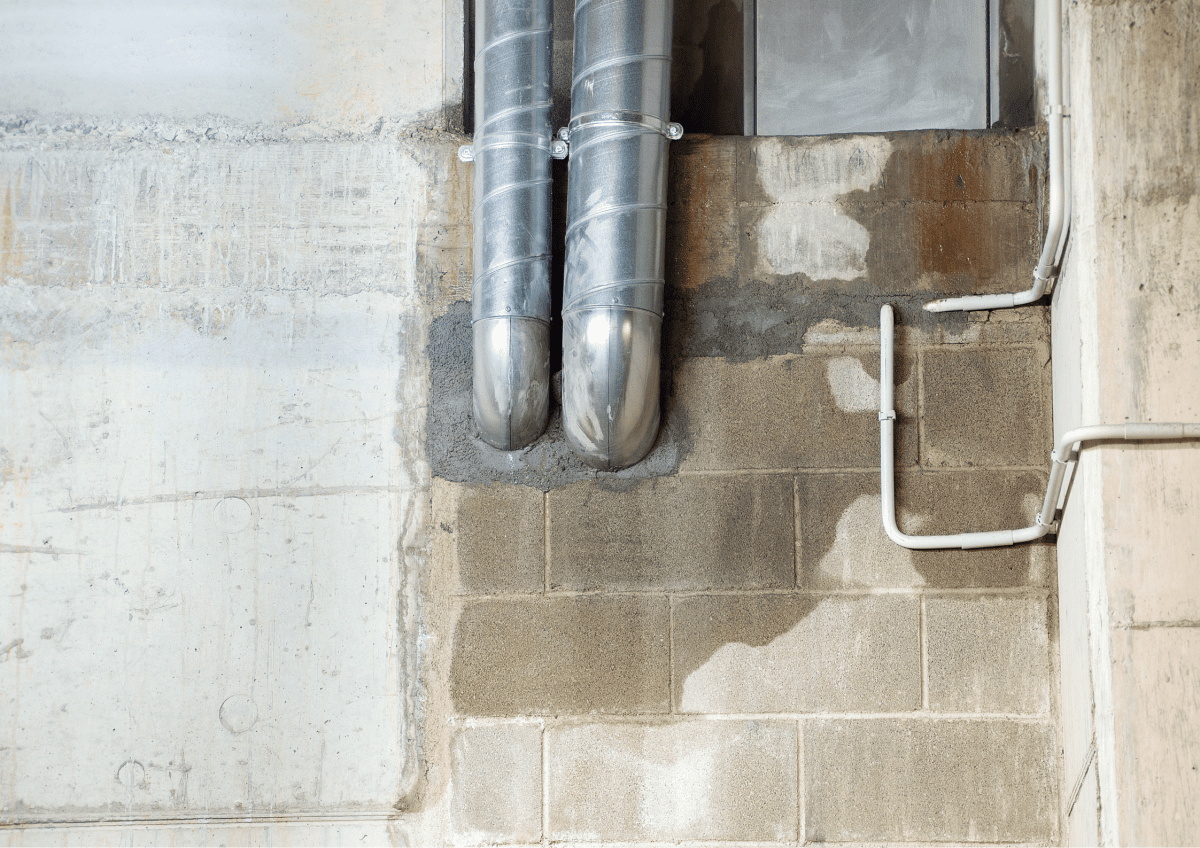
Addressing a flooded basement is only half the battle; ensuring it doesn’t happen again is equally important. Here’s a guide on preventative measures to safeguard your basement from future floods.
Regular Maintenance
Consistent maintenance is the backbone of prevention. Check your basement regularly for any signs of water leakage or seepage. Clean and inspect gutters and downspouts to ensure water flows freely and is directed away from your home.
Additionally, inspect your sump pump (if you have one) periodically. Ensure it’s in good working condition, free from obstructions, and ready to handle excess water. Regularly checking and addressing minor issues can prevent major problems down the line.
Landscaping
The way your property is landscaped can have a profound impact on water flow. Sloping your yard away from your home ensures rainwater naturally moves away from the foundation. Additionally, consider using plants that absorb a lot of water or creating rain gardens in areas where water tends to collect. Strategic landscaping can be both aesthetic and functional in flooded basement prevention.
Install Backwater Valves
Plumbing can be a sneaky route for water intrusion. Backwater valves prevent sewage in an overloaded main sewer line from backing into your basement. Installing these valves ensures that your home remains protected from unwanted backflows, even if there’s an issue with the main line.
Water Alarms
Sometimes, the best offense is a good defense. Water alarms detect moisture levels and alert homeowners of potential flooding. By installing these devices in prone areas, you get an early warning system, allowing you to address issues before they escalate. It’s a simple measure that can make a big difference.
While no measure can guarantee complete immunity from flooding, these proactive steps significantly reduce the risk. By investing time and effort in prevention now, you save yourself from potential hassles and damages in the future. Your basement is more than just a space; it’s a part of your home. Protect it wisely.
Conclusion
Navigating a flooded basement can be a daunting experience. From the immediate need to remove water to the subsequent restoration and prevention, each step demands attention and care. While the journey of addressing and preventing such issues might seem lengthy, the peace of mind it brings is invaluable.
Team OBN firmly believes that a little foresight goes a long way. By investing in the right measures, tools, and regular maintenance, you not only shield your home from potential damages but also create a safer environment for you and your family.








